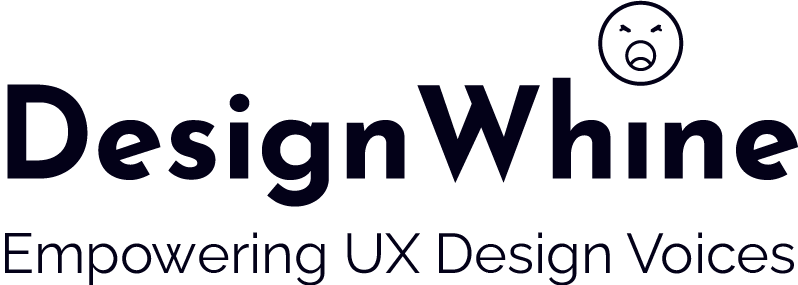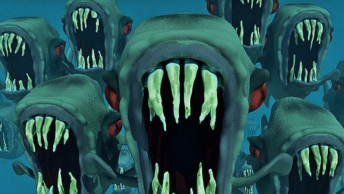Ahmed Ayoub shares his transitional journey from biomedical engineering to clinical research to UX
I’m a designer at Beam Dental, where I work on enhancing our current tools to empower our end users to make informed decisions regarding their dental insurance. I have experience and passions in UI/interaction design, design systems, and inclusive design. However, this is not what I had a background in.
Creativity and design have been a part of me ever since I picked up my first LEGO brick.
That first step took me down a path that demands critical thinking, analysis, and obsession with the details. I expanded on these skills as a Biomedical Engineering major at Rutgers University, then as a Research Assistant at NYU Langone Health. Having worked with a wonderful team of classmates to develop a cost-effective (~$250) tibial cutting guide, as well as taking two clinical studies to their recruitment targets, I pride myself on getting the job done and meeting set goals.
My unsatisfied creative desire, on the other hand, pushed me to recently transition to UX, a journey that has not been without challenges.
Timing was not on my side, since I graduated from my design bootcamp in April 2020 as the world went into lockdown. Getting through the bootcamp was a challenge in itself, but after graduating was an even bigger challenge. Who do I network with? How should I network? What should I practice? How often? Where? What companies interest me? How do I gain experience? Who can I lean on for support? There were a few times where I’ve been told directly and indirectly to give up pursuing UX and going back to my prior experiences, but I knew once I started learning about UX there was no way I would want to turn back.
A friend told me at one point during my job search that I had to believe that I deserved to be a UX designer. I had the full support of my friends and family, but more often than not I felt like an imposter due to the hundreds of rejections (despite being told I have great potential). I networked a lot, from attending virtual events, “ask me anything” sessions, and Clubhouse rooms, to cold outreach and even meeting in person with another designer at one point. The support system I built from just putting myself out there was immensely helpful, but it came down to having that belief that I belong in the UX space as a practitioner.
My strong, and probably the only, advise would be to be YOU. Avoid toxic positivity, especially on LinkedIn where it’s too rampant. There will always be points where you struggle during your transition, and some points where you may feel angry, tired, burnt out, or ready to give up. Let those feelings come into you and then pass through you. Don’t try to go through this journey alone; the design community for the most part is one of the kindest, most helpful to ever exist. Give yourself time and space outside of the job search and outside of design; the idea that you have to grind and hustle 24/7 is, in my opinion, incredibly harmful and doesn’t help you as much in the long-term as resting and taking care of yourself does. Lastly, I’ll end with how I started: be YOU, and not a copy of anyone else. You are your most unique brand.
I’m a designer at Beam Dental, where I work on enhancing our current tools to empower our end users to make informed decisions regarding their dental insurance. I have experience and passions in UI/interaction design, design systems, and inclusive design. However, this is not what I had a background in.
Creativity and design have been a part of me ever since I picked up my first LEGO brick.
That first step took me down a path that demands critical thinking, analysis, and obsession with the details. I expanded on these skills as a Biomedical Engineering major at Rutgers University, then as a Research Assistant at NYU Langone Health. Having worked with a wonderful team of classmates to develop a cost-effective (~$250) tibial cutting guide, as well as taking two clinical studies to their recruitment targets, I pride myself on getting the job done and meeting set goals.
My unsatisfied creative desire, on the other hand, pushed me to recently transition to UX, a journey that has not been without challenges.
Timing was not on my side, since I graduated from my design bootcamp in April 2020 as the world went into lockdown. Getting through the bootcamp was a challenge in itself, but after graduating was an even bigger challenge. Who do I network with? How should I network? What should I practice? How often? Where? What companies interest me? How do I gain experience? Who can I lean on for support? There were a few times where I’ve been told directly and indirectly to give up pursuing UX and going back to my prior experiences, but I knew once I started learning about UX there was no way I would want to turn back.
A friend told me at one point during my job search that I had to believe that I deserved to be a UX designer. I had the full support of my friends and family, but more often than not I felt like an imposter due to the hundreds of rejections (despite being told I have great potential). I networked a lot, from attending virtual events, “ask me anything” sessions, and Clubhouse rooms, to cold outreach and even meeting in person with another designer at one point. The support system I built from just putting myself out there was immensely helpful, but it came down to having that belief that I belong in the UX space as a practitioner.
My strong, and probably the only, advise would be to be YOU. Avoid toxic positivity, especially on LinkedIn where it’s too rampant. There will always be points where you struggle during your transition, and some points where you may feel angry, tired, burnt out, or ready to give up. Let those feelings come into you and then pass through you. Don’t try to go through this journey alone; the design community for the most part is one of the kindest, most helpful to ever exist. Give yourself time and space outside of the job search and outside of design; the idea that you have to grind and hustle 24/7 is, in my opinion, incredibly harmful and doesn’t help you as much in the long-term as resting and taking care of yourself does. Lastly, I’ll end with how I started: be YOU, and not a copy of anyone else. You are your most unique brand.






